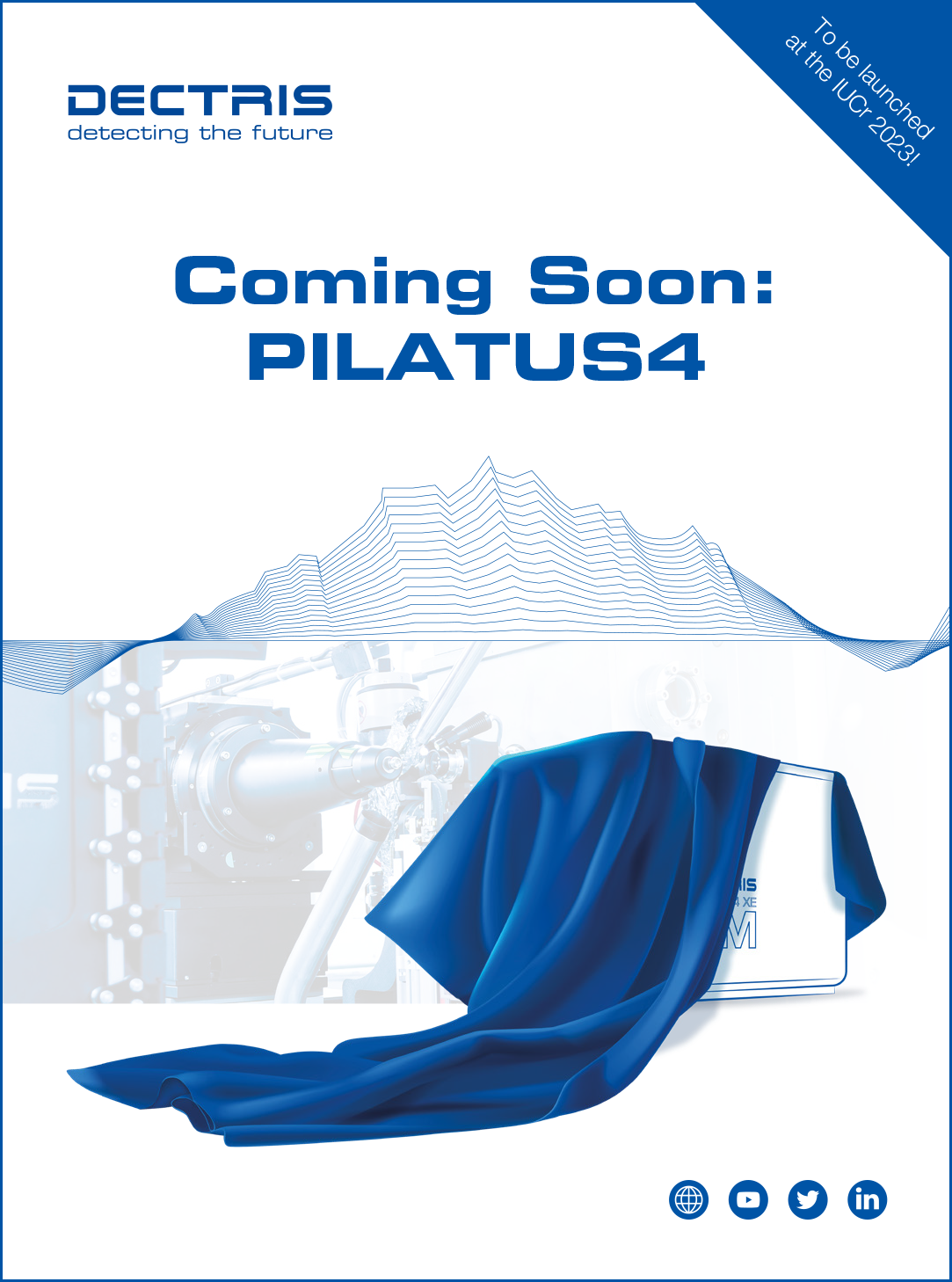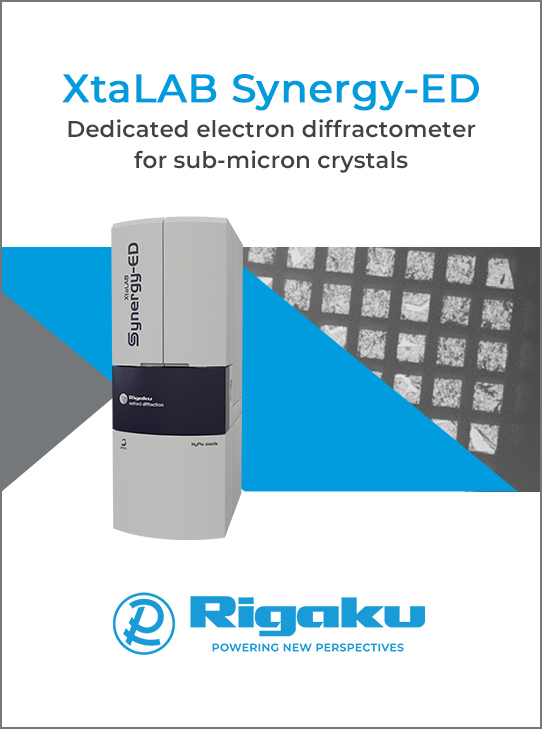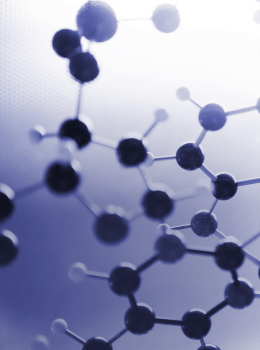


Meeting report (IUCr supported)
Eighth International School on Biological Crystallization
![Thumbnail [Thumbnail]](https://www.iucr.org/__data/assets/image/0007/156958/thumbnail.png)
One of the lively poster sessions during ISBC2023.
The Laboratory of Crystallographic Studies (CSIC-UGR) has successfully organised the 8th International School on Biological Crystallization (ISBC2023) under the auspices of the IUCr through the Commissions on Crystal Growth and Characterization of Materials, Biological Macromolecules and Crystallographic Teaching, with the support of the International Doctoral Summer School Programme of the School of Science, Technology and Engineering (University of Granada), the Spanish Royal Society of Chemistry (RSEQ) and the Spanish Specialized Group of Crystallography and Crystal Growth (GE3C). The School was held at Hotel Abades Nevada Palace close to the centre of the beautiful city of Granada, an ideal place to promote close scientific and social interactions between attendees.
ISBC2023 attracted the interest of postgraduate/postdoctoral students as well as research scientists from industry and academia who deal routinely with crystallization processes but seek fundamental knowledge on the crystallization phenomena and the behaviour of crystallizing solutions. The participants came to Granada to learn from top-quality international speakers, to hear case study presentations, to watch practical hands-on demonstrations and to present their research results in the purposely dedicated poster sessions.
ISBC2023 delivered five days of lectures and practical demonstrations related to the crystallization of biological macromolecules, including large crystals for neutron diffraction and tiny crystals for XFEL or EM. One day was fully devoted to case studies on the crystallization of membrane proteins, viruses and large macromolecular complexes, and sample preparation for cryoEM.
As in previous editions, the Demonstration Fair was very successful with much positive feedback from the participants. A round-table discussion on “Teaching Crystallography” was also highly appreciated among tutors, academics, students and industrial representatives.
Attendance
The turnout of the School was excellent having a total of 113 participants from 19 different countries, most of whom were students (41%), speakers (24%) and academics (17%), the rest being composed of industrial representatives (1) and exhibitors (7). The participants were supported by a team of four people from the organization. We achieved our goal of gender balance, having 53% female participants and 47% male.
Considerable effort was also made to provide financial support to as many students as possible. All of the 39 applicants were awarded a bursary to attend the School, including all 24 students coming from outside Spain.
Programme
The first day, Monday, started with an introduction to the School and was fully dedicated to explaining the whole process of crystallization “From solution to protein crystals”, from the purification and preparation of protein solutions to the basic concepts of crystallization, nucleation, phase diagrams, crystal growth kinetics and the different crystallization techniques (Fig. 1).
![[Fig. 1]](https://www.iucr.org/__data/assets/image/0008/156959/Fig.-1.jpg)
Tuesday was devoted to special hot topics, including femtosecond crystallography, microseeding, microfluidics, how to grow crystals for neutron diffraction, the crystallization of membrane proteins and large macromolecular complexes (Fig. 2).
![[Fig. 2]](https://www.iucr.org/__data/assets/image/0009/156960/Fig.-2.jpg)
On Wednesday there were sessions on especially relevant topics such as optimization of crystal growth for neutron diffraction, SAXS and EM (Fig. 3).
![[Fig. 3]](https://www.iucr.org/__data/assets/image/0010/156961/Fig.-3.jpg)
Thursday was dedicated to the very popular ‘Demonstration Fair’, at which specialists offered 23 short (20–40 minutes) practical sessions periodically at scheduled times. Participants were free to choose what sessions they wanted to attend and in the order they wished, so that they selected their own learning programme “a la carte”. The Demonstration Fair proved to be an excellent teaching tool as it provided students with plenty of opportunities to interact on a personal basis with the teachers and to watch closely how to perform crystallization experiments (Fig. 4).
![[Fig. 4]](https://www.iucr.org/__data/assets/image/0011/156962/Fig.-4.png)
The last day of the School started with a very appealing lecture given by Professor Bernhard Rupp titled “The Chemistry of Mushroom Magic (Why you should not lick toads)” followed by the round-table discussions on “Teaching Crystallography” driven by Professor JuanMa Garcia-Ruiz on how to present the successful story of the “Crystallization Competition” with the help and presentations of Dr Ivana Kuta Smatanova and Dr Janet Newman (Fig. 5). There were also 5-min talks given by the poster winners.
![[Fig. 5]](https://www.iucr.org/__data/assets/image/0003/156963/Fig.-5.jpg)
Poster sessions
The students made a great contribution to the success of the School with 41 posters. There were poster sessions on Monday, Tuesday and Wednesday coffee breaks, proving to be a very valuable time in order to discuss the scientific work. The six poster winners (Fig. 6), who were selected by an international panel of lecturers composed of Bernhard Rupp, Crissy Tarver, Christian Biertümpfel, Lata Govada, May Marsh and Joe Ng, gave a 5-min presentation on Friday morning.
![[Fig. 6]](https://www.iucr.org/__data/assets/image/0014/157001/Fig.-6.png)
Social events
In addition to the scientific course, there was a parallel social programme, which consisted of a welcome cocktail on Sunday, a night guided walk of Albaicín and Sacromonte on Wednesday (Fig. 7) and a Flamenco Dinner Party on Thursday in the traditional district of Albayzin (Fig. 8), which is known worldwide for its flamenco music.
![[Fig. 7]](https://www.iucr.org/__data/assets/image/0015/157002/Fig.-7.jpg)
![[Fig. 8]](https://www.iucr.org/__data/assets/image/0016/157003/Fig.-8.jpg)
Evaluation and conclusions
Overall, the School was deemed to be very successful as judged by the majority of positive comments written by the participants. The attendees were asked about three major items: the quality of the scientific programme, the Demonstration Fair and the organisation. These are some of the comments:
“I really enjoyed my time, learned a lot, met some really enthusiastic students and thankfully didn't have much of a hangover from the sangria on Thursday night.” (Martin Caffrey, speaker).
“It was my great pleasure to be a part of your School... you did super job and I am looking forward to the 9th run:)... (Ivana Smatanova, speaker).
“Was a pleasure and honour to be a part of ISBC2023. The meeting, the talks, the posters were all of such high standard. This year we got to experience 'the Rain in Spain on the plains' for the first time 😀. Thank you once again for everything”. (Lata Govada, academic).
“It was wonderful to see everyone again in 3D after such a long time! Thank you Gavi, JuanMa and team for organizing such a wonderful workshop again. I know it is a lot of work, but everyone one of us including students and instructors, appreciate everyone's effort, energy and enthusiasm.” (Joseph Ng, speaker).
“Yes, indeed – thanks to all of the organisers for putting together a wonderful course for the students and participants.” (Tom Peat, speaker).
“It really was a pleasure to be a part of ISBC2023! I enjoyed the science, time in Spain, and time with friends. Thank you and your team for everything.” (Crissy L. Tarver, academic).
“MUCHAS GRACIAS to you and to all the school organisers. It was a great pleasure to take part in ISBC2023 and to have the opportunity to meet the biological crystal grower community again after such a long time for such a high quality event in Granada.” (Monica Spano, speaker).
“Thank you very much for hosting us for such a great meeting! I enjoy the energy of teachers and students, active discussions, and exchanges of ideas. I am glad that everybody is well after 4 years. Take care and see you again!” (Naoko Mizuno, speaker).
“Thank you so much for organizing such a great event! I am really grateful for the opportunity to contribute and meet you all in person! Muito obrigada :) (Filipa Castro, speaker).
“Thanks very much for organizing this wonderful meeting/workshop. As always, everything was superb. The talks very exciting; the students, very talented and had great posters. Thanks also to everyone for this effort.” (Guillermo Calero, speaker).
“Thank you to you and your team for organizing the workshop again, and making it run so smoothly. It brings together many old friends and helps creates new ones. It also showcases the amazing beauty of Spain. I love Granada and I love the country. I will say it once more – Thank you.” (Edward H. Snell, speaker).
There was a general feeling among the participants that the School had been very valuable partly because of the quality of the programme and partly due to the contribution of some of the best lecturers for the wide range of topics covered.
All in all, the ISBC2023 was an enriching experience for all of those involved triggering several fruitful scientific discussions. The positive approach, the openness and active participation of each of the participants made it a wonderful experience worthwhile to be repeated in the future.
Finally, we would like to express our gratitude to all of the participants; to the teachers for their full commitment and to the students and colleagues from academic and industrial background for believing in these Crystallization Schools. We also wish to express our heartfelt thanks to the Members of the Organizing Committee for their substantial contributions to the Schools. We are very grateful to all the people who have worked very hard in preparing the Schools to make it successful. Last but not least, we would also like to express our special gratitude to the Sponsors and Exhibitors for their great support.
Copyright © - All Rights Reserved - International Union of Crystallography







